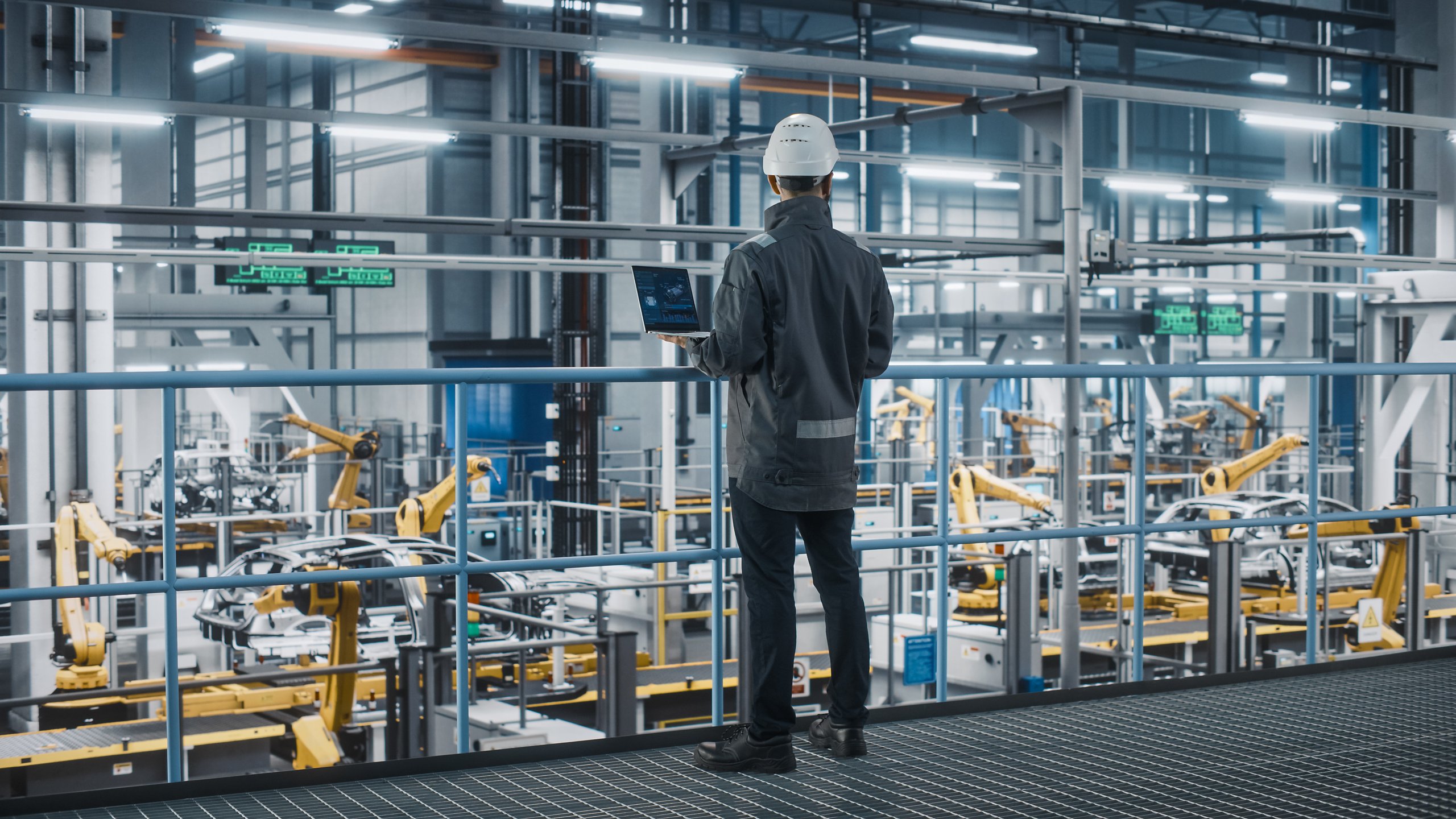As we rapidly enter the Industry 4.0 era, the center of gravity is changing in modern manufacturing. A combination of innovation and access to technology, along with turbulent and uncertain global conditions, is pushing industrial decision-makers to reconsider their business models and go-to-market approaches. Adding to this a secular shift in customer expectations, businesses are seeking to innovate manufacturing solutions that are specifically scoped against end-user needs to drive definable value for their organization.
To thrive in this changing landscape, manufacturers need a higher grade of flexibility and the ability to react to change at speed. Conventional, more siloed manufacturing approaches are unable to deliver the interconnected, insights-based approach necessary. Instead, it requires a holistic system engineering approach to make data-driven decisions across production. This approach encompasses a range of areas including R&D, integration with business systems, product development and plant floor operations.
To make the transition successfully, it’s time for manufacturers to change the way they think about industrial automation.
Adopting a New Digital Identity
Digitalization doesn’t refer only to the systems used in production, but to the identity an organization adopts. Just as software has become characteristic of many digital-centric industries, it’s now becoming an innate part of the manufacturing sector. As such, manufacturing businesses need to embrace this identity and start thinking like software companies.
This has implications on many levels, including:
- How the business collects, cleans, analyzes, and acts on production data, drawing on a clear understanding of which data sources contribute to defining a competitive edge.
- How the business enables its workers to become connected, using digital capabilities to help operate more efficiently, whether on the plant floor or in an edge/remote location.
- How the business enables closer and more fruitful collaboration, both between internal divisions and with a network of partners, using open standards to resolve conventional frictions and facilitate fast integrations.
- How the business enables a culture of open-source software development to find rapid solutions to emerging business problems and reduce the burden placed on its developers.
By making digital solutions more naturally ingrained in production operations, the business can approach its objectives from a new, more flexible and agile position. This, in turn, puts the business in a place where it can gain greater control of the entire customer experience, from factory to consumer – in essence, becoming digitally native disruptors or innovators in their product category.




